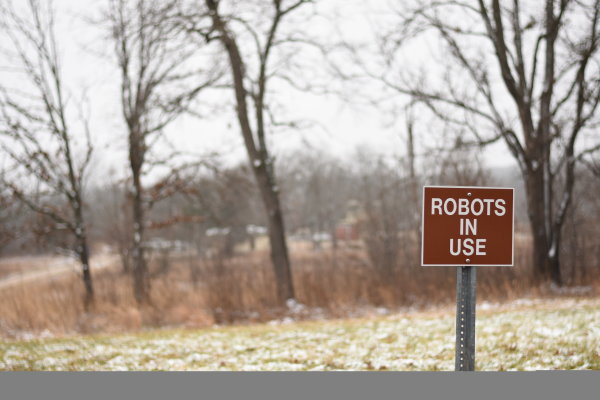

The battlefield of the future could feature robot medics delivering life-saving care to casualties in the line of fire. At least, that’s what the Army is aiming for — and it’s willing to pay millions for help doing it.
According to a new Multi-Domain Lifesaving Trauma Innovations (MuLTI) award announcement, nestled under the Pentagon’s Joint Program Committee-6/Combat Casualty Care Research Program (JPC-6/CCCRP) and posted last week, the Army is on the hunt for technological solutions that can “save the most lives with limited resources in austere conditions,” including “dense urban, subterranean, maritime, high-altitude, dust storm, and extreme environments.”
Of particular focus of the project is “unmanned casualty evacuation.’ In a 2017 memo published alongside the award notice, CCCRP director Col. Michael Davis argued that Army officials must focus on “bringing ‘golden hour’ medical assets and intervention capabilities to the point of injury” instead of focusing solely on stabilizing transporting casualties off the battlefield for additional treatment.
But don’t hold your breath waiting for an Optimus Prime lookalike to drop in and start administering CPR. CCCRP is primarily looking to fund unmanned delivery systems for new technologies, materials, and methods that can be delivered to those on the ground in hairy situations where evacuation capabilities “may be significantly delayed or unavailable.”
These new developments are designed to help service members quickly stop hemorrhaging; stabilize and clean burn wounds; and reduce severity of brain injuries, among other life-saving measures. And in Davis’ mind, the the delivery of life-saving materials and medical care through unmanned platforms will be critical “for approaching our goal of zero preventable deaths.”
Of course, the Army is also interested in unmanned platforms to help quickly and safely evacuate wounded service members. But Davis’ memo argues that those unmanned platforms could, in a pinch, deliver assistance in the form of things like artificial intelligence or decision support to help save lives before or during an evacuation — a capability the Army should focus on in the near-term.
The total funding for research of $30.1 million is being broken up over three years: $10.7 million is allotted to FY2019, $9.9 million to FY20, and $9.5 million to FY21. The expected number of proposals to be funded is between 12-30. The pre-proposal submission deadline for the funding is March 5, 2019, and deadline for the final proposal submission is May 29, 2019.
We’re hoping that, should a robotic nurse show up in the CCCRP’s roadmap down the line, some of that money goes to a decent bedside manner.
Please state the nature of the medical emergency?